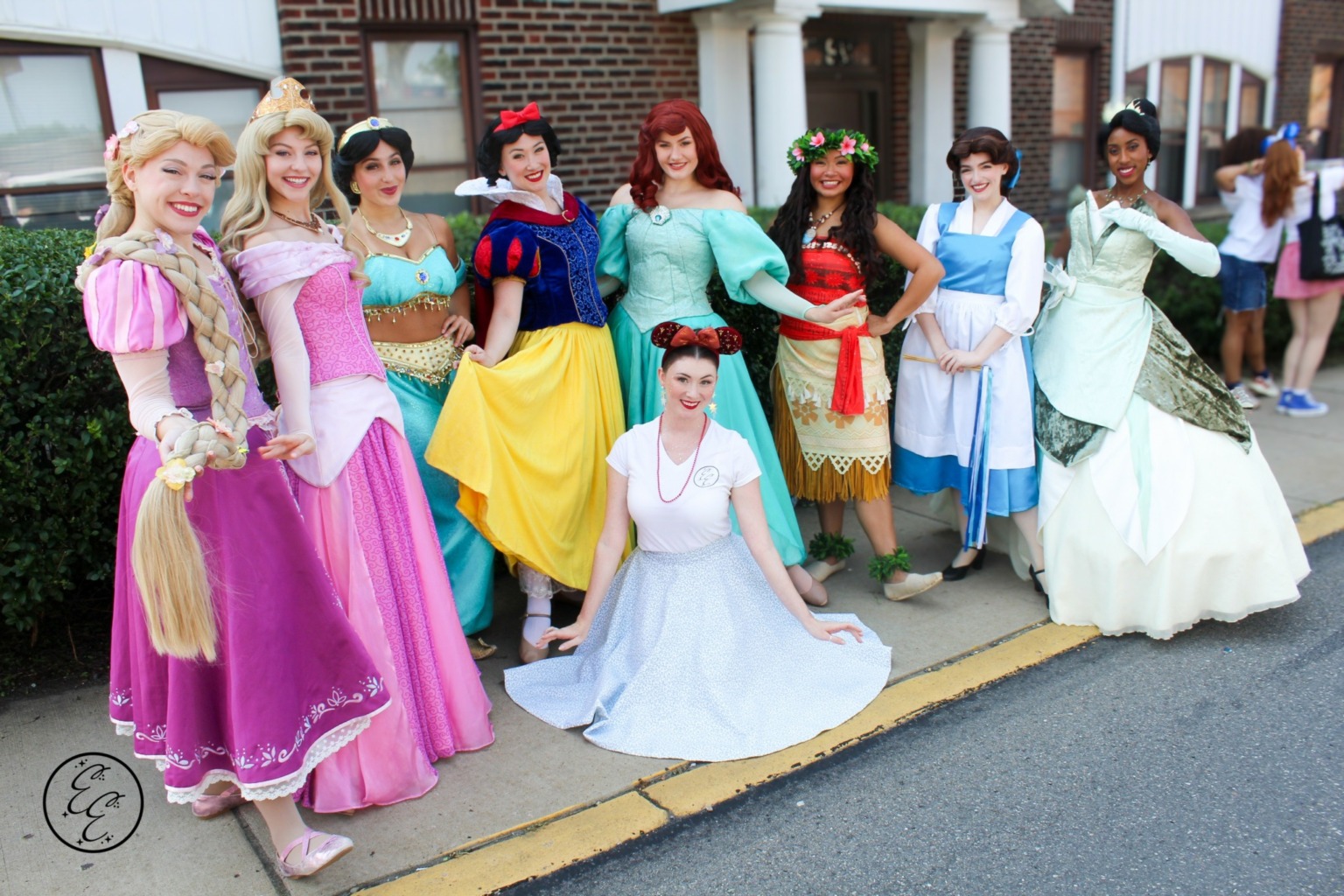Often there is no book or course to learn how to do what you want to do – so how artists and creatives overcome such challenges? How have some of the most talented artists and creatives in the community managed to learn their craft?
Carlos Kidd

Lighthouse Visions was born from a deep love for storytelling and visual impact at the beginning of pandemic doing a small creative artist group think tank. I was always enamored with movies growing up and how a frame can express a core theme of feeling or anything the director wanted to convey without anything being said. My knowledge and learning process included a blend of passion, asking LOTS of questions, hands-on experience, LOTS of self-teaching ( shoutout to Youtube & Tik Tok University lol ), a bit of mentorship, and relentless curiosity. Read more>>
Rebecca Barron
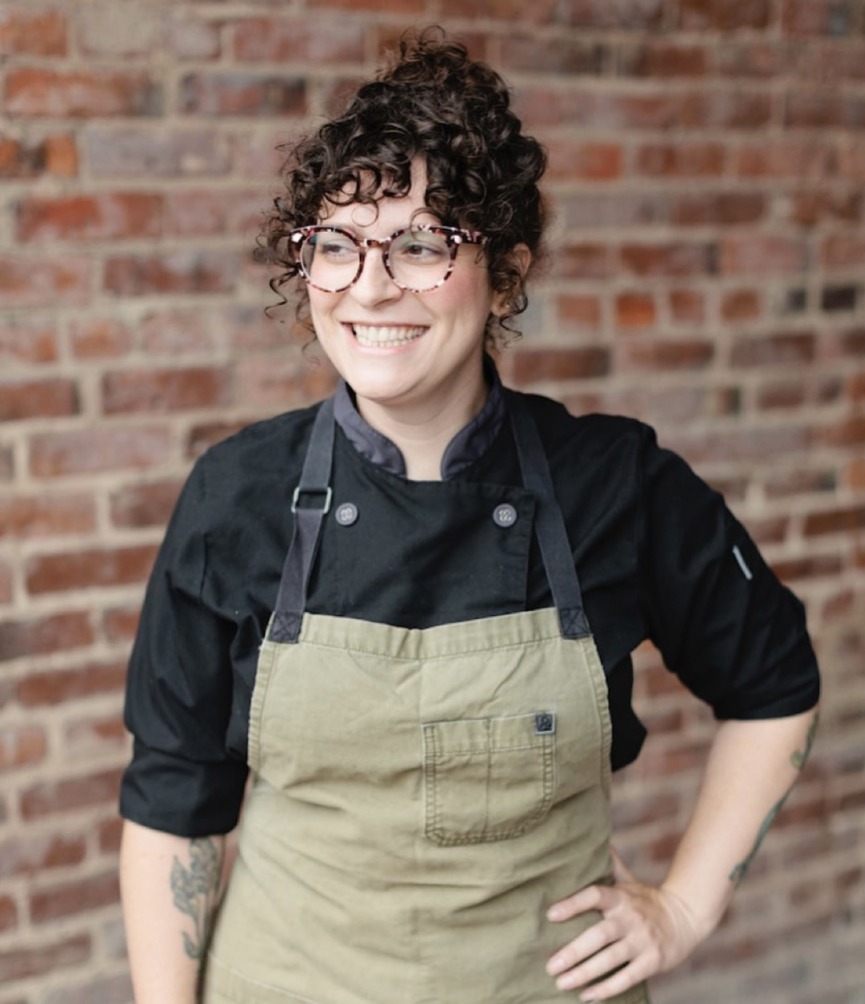
I have been cooking professionally for 25 years, which somehow seems like a very long time but also a very short time! I’ve had a few mentors over the years who sort of took me under their wing. That’s 1 thing that I think is really special about the food industry; if you show interest there’s likely someone who will want to share their knowledge with you. One of my mentors was a sushi master named Hiroshi. He is Japanese but raised in the south. His restaurant did a very fun mix of food that incorporated both cultures. It was from him that I learned that there is no rush to your learning process. It takes years and years of practice to become good at something. He taught me that to become a master, you must master the art of teaching yourself. He taught me to own my learning. It was very Mr. Miyagi from Karate Kid. Read more>>
Morgan Fay
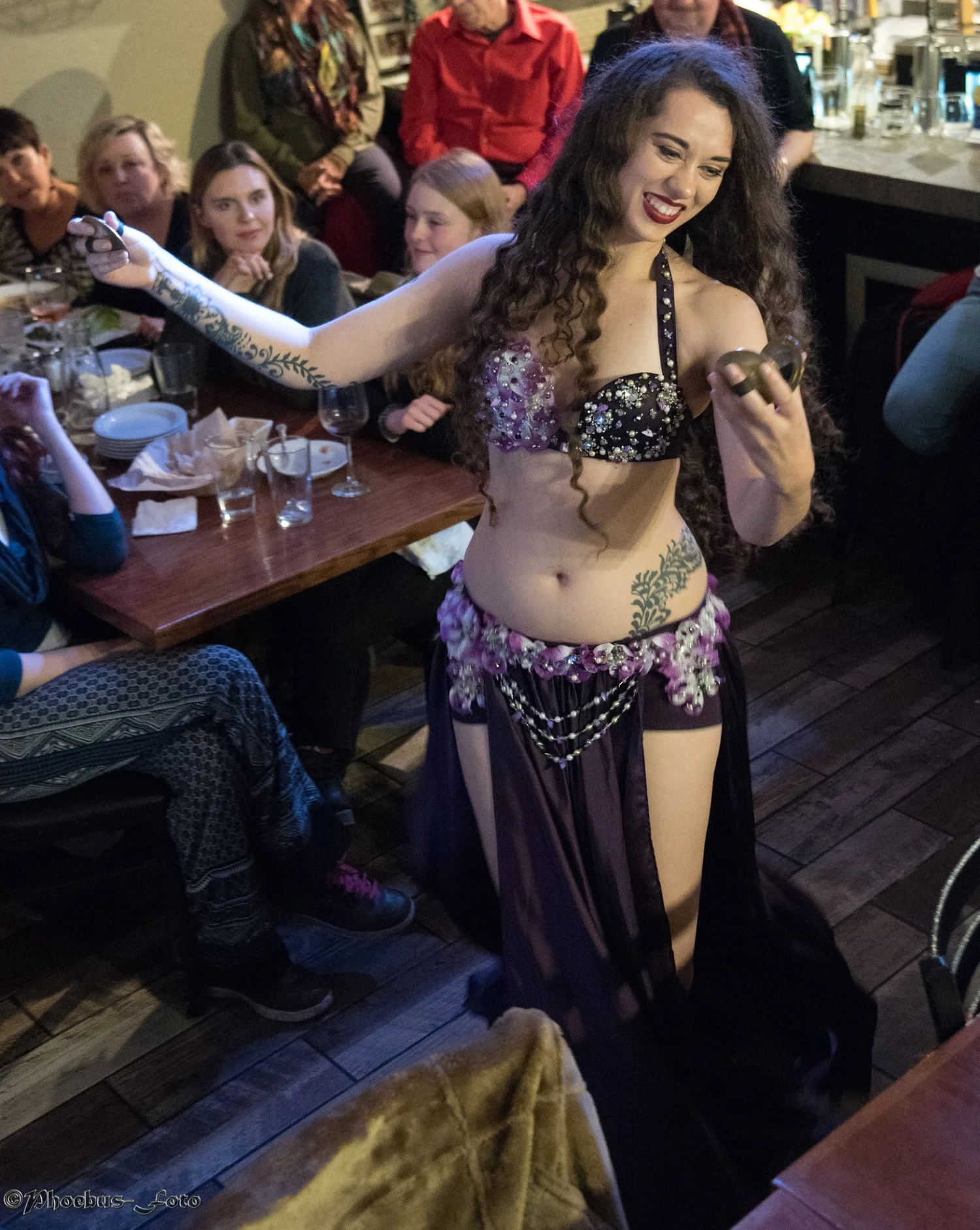
I began building dance skills as a child, but didn’t begin playing music until I was an adult. As a professional performer who does multiple skills on stage, the most important part of building skills for me was developing a growth mindset. Understanding the best methods for how I learn, breaking down difficult skills into smaller chunks, and developing a consistent practice schedule helps me continue to grow as an artist. Learning new things as an adult, particularly with music, I have to make a commitment to practicing every day, even as I work and deal with life. I’ve learned that only through consistent practice where I push myself to the edge of my abilities and get out of my comfort zone by going to music jams, camps, and working with as many teachers as I can, do I see significant growth and change. Read more>>
Mark Caron
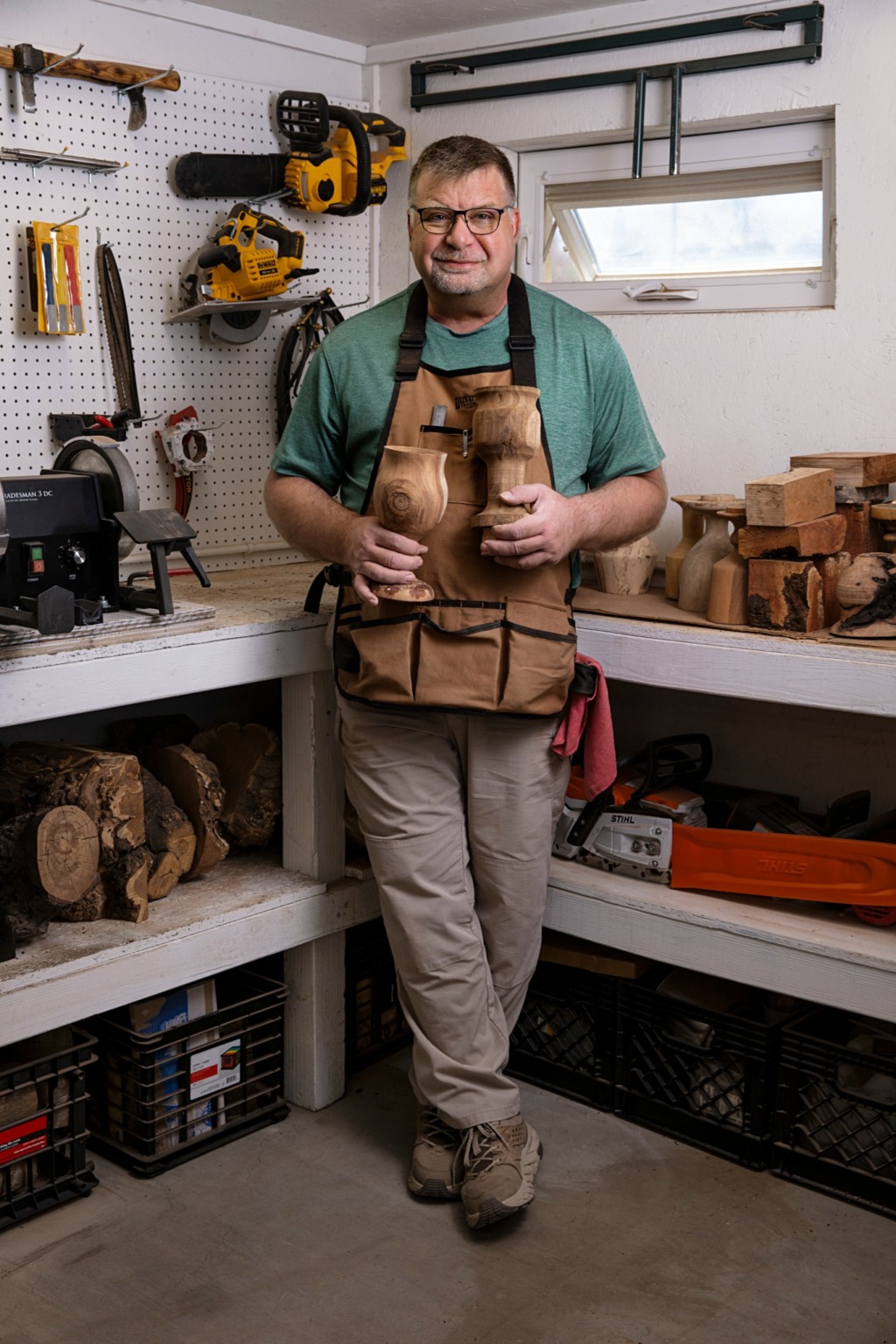
I learned from just trying in the start. Get in front of the machine, chuck up a piece of wood and experiment. See what the individual tools are capable of, see what YOU are capable of, refine your style until your skill level can no longer keep up, and then?, find a mentor. Taking classes are a great way to learn more techniques, and it’s a lot of fun! But to learn, I mean really learn your craft it takes mentor. A mentor will guide you through the rough parts of refining your craft, and you. They can answer the tough questions with honest answers and enable you to reveal your true potential. Read more>>
Caleigh Balbinot

I started Face Character Performing in 2016 with Disney. After a 2 month training period I was on the 33rd Cast of the Disney Wonder Cruise Ship. This built my strong base for the knowledge that I have now for Character Performing. While briefly working for another Princess Company in Pittsburgh, in the following year, I learned a lot about the party industry and also how to turn this art form into a business. With these two areas of expertise that I built overtime I was able to combine them and share them with my first set of Cast Members. Read more>>
Chris Jacques
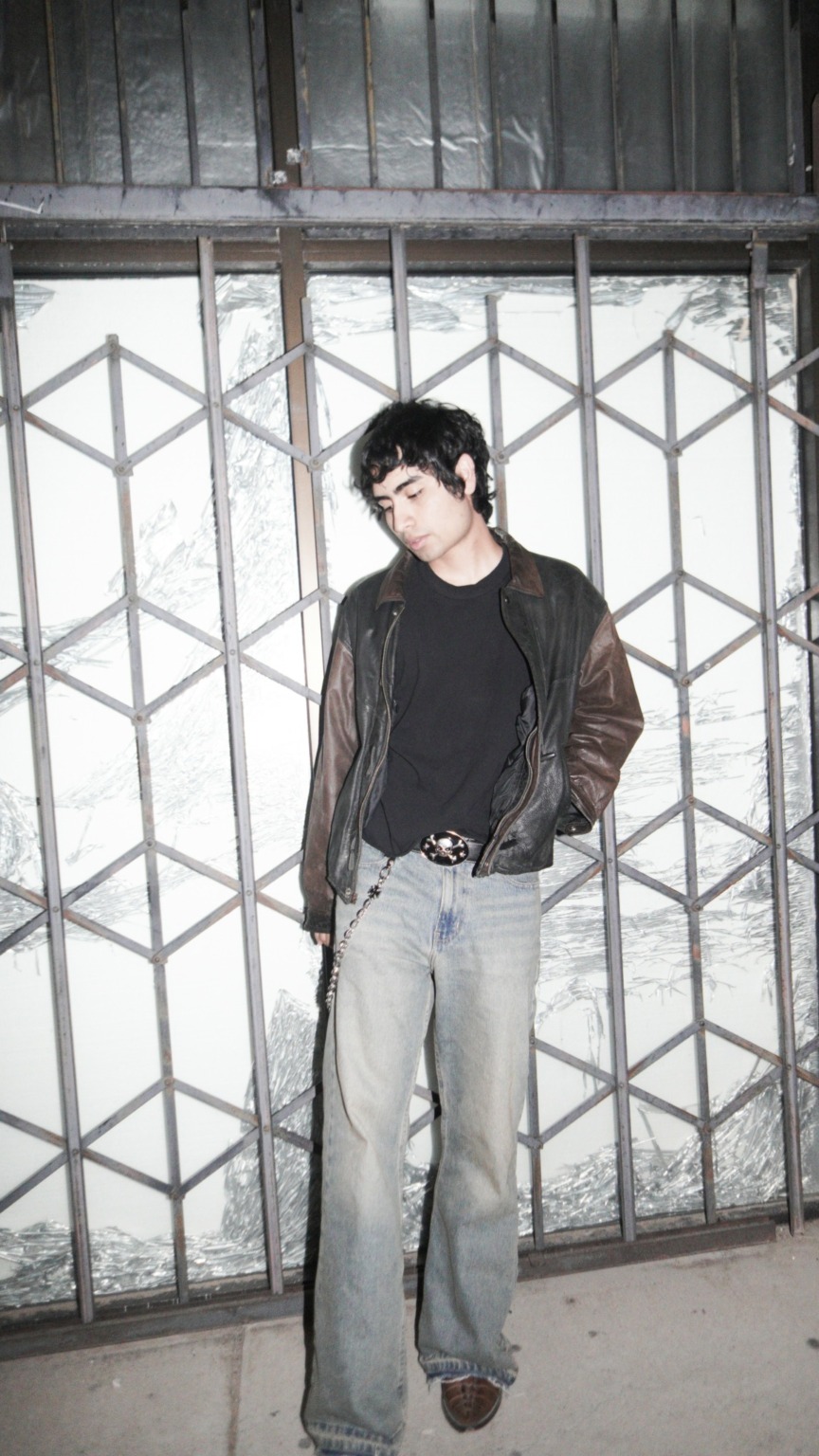
I started producing my first beats when I was 16. At the time, I was focused purely on production and engineering for other artists in my city. Even back then, I made a conscious decision to hold off on releasing my own music until I had learned enough through those collaborations to understand the basics and be self-sufficient. I wanted to be able to produce my own music and not rely on anyone else. Read more>>
Rachel Gai
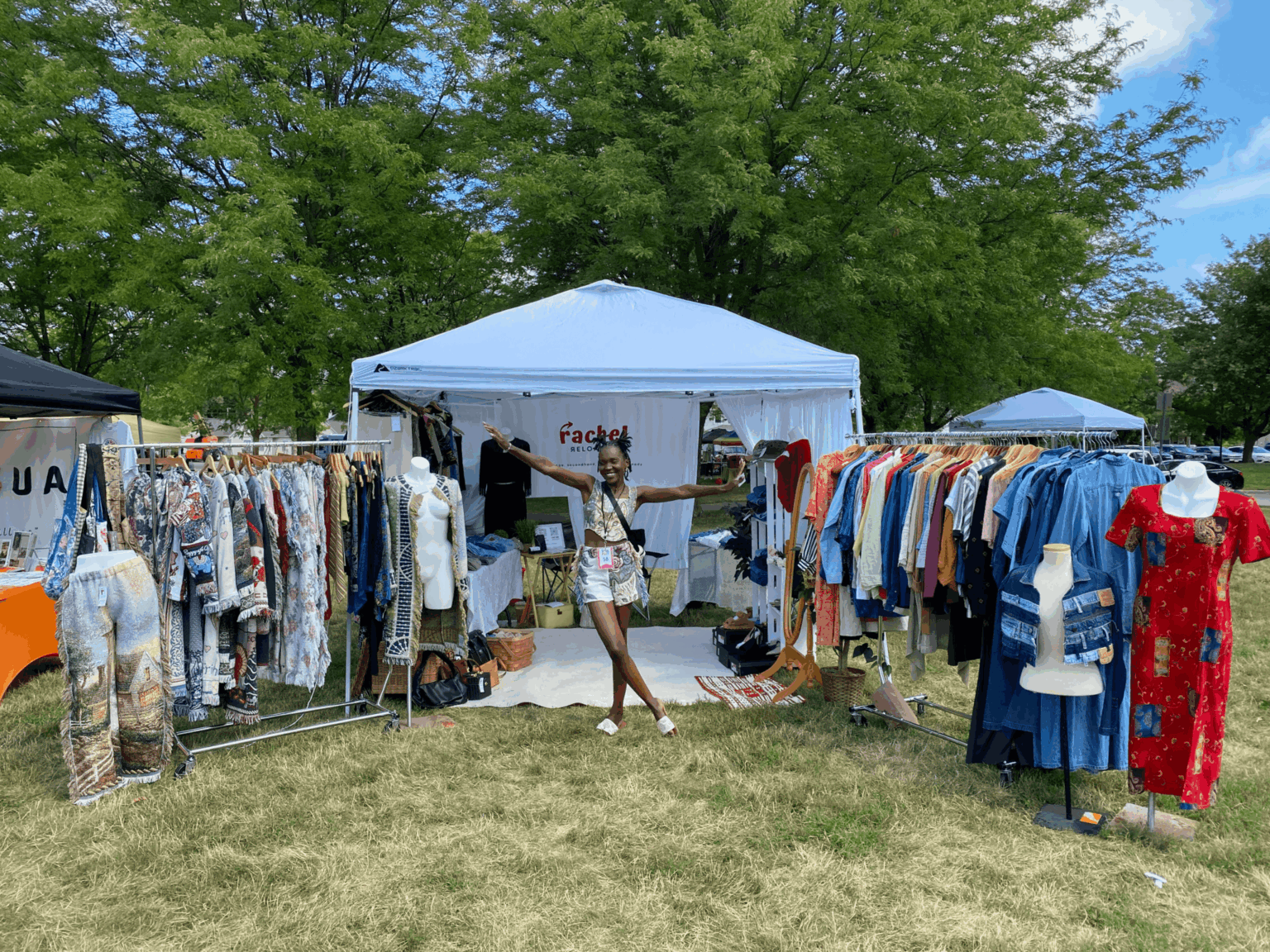
I learned to sew at home on a Singer sewing machine, using YouTube tutorials and experimenting with thrifted fabric and clothing. I never took formal sewing classes….my learning came from staying up late many nights, practicing techniques, and figuring out garment construction through trial and error. Understanding how clothes are built and how they fit the body has been the most essential skill for upcycling, because it allows me to take something old and make it feel brand new. Read more>>
Dan O’Brien
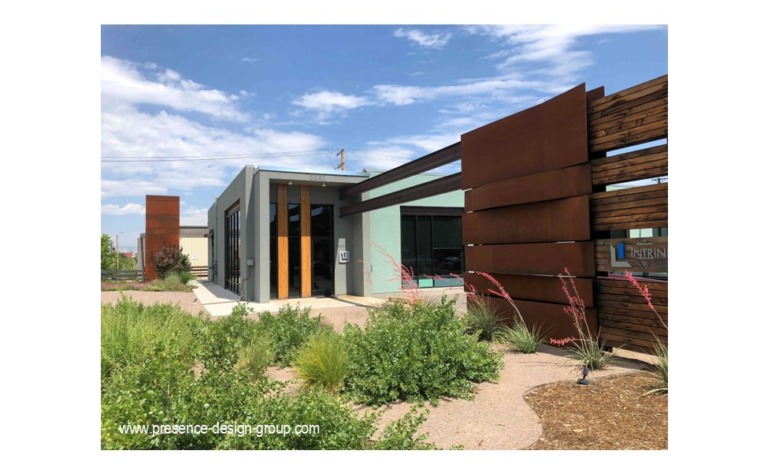
The process of learning to be a creative architect has been a combination of – lessons learned from my parents, work experiences as I grew up, academic studies in high school and at the University of Michigan, professional experiences at a variety of design firms, and travelling to study architecture and design around the world. Music, conversations with other designers, and a variety of other activities and friendships have also been an important part of shaping my convictions about my approach to design. Read more>>
Phil Skrzekut
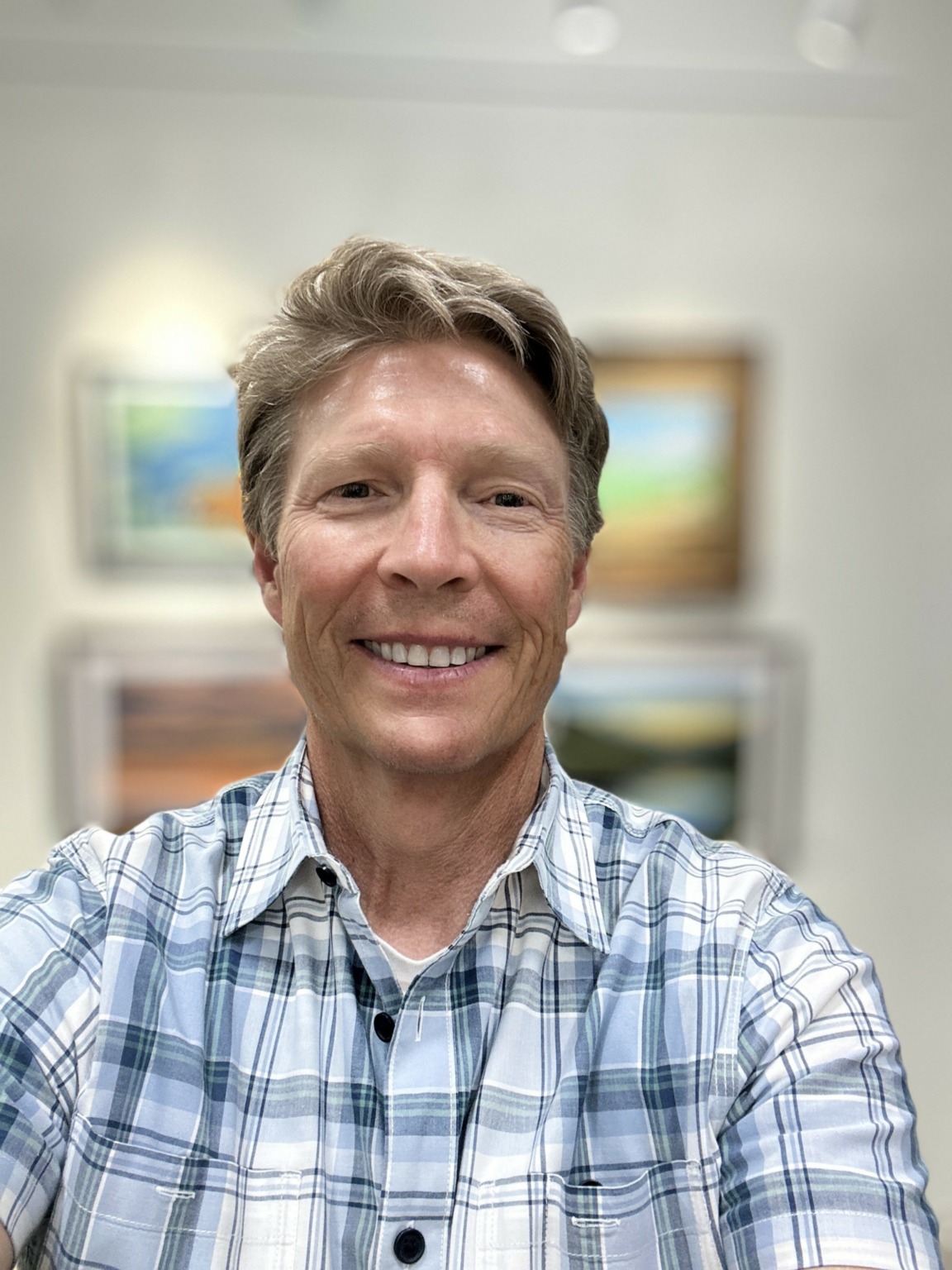
I had a mentor who helped me get started painting and provides me with support and advice. I watched a ton of painting videos, read a ton of articles, and practiced all the time.
I could have attended more workshops and painted from life to speed up my learning process.
Most important skills are composition, understanding values, and effective use of color.
Obstacles were having the time to participate in classes and workshops. Read more>>
Conley Kinkead

I learned how to dye yarn largely through experimentation and practice, but followed some simple online tutorials for my first attempts, which opened my knowledge bases with some fundamentals. My first skeins dyed were over-dye jobs on stash yarn that I didn’t really care for, so if it didn’t work out it would be no big loss. This helped me to start learning about mixing and overlapping color. I then moved on to inexpensive bare yarn that I used to knit socks or give away, but it still didn’t matter how the yarn turned out–I was hooked on the process. Read more>>
Joseph Blythe
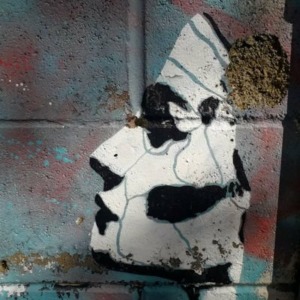
I’ve been a big believer, for a very long time, in learning the craft of writing – be that poetry, short fiction, novels, scripts in all their forms, whatever. I learned my craft at university (and I’ll say now – university isn’t the only place where you can learn your craft!) thanks primarily to two writers and lecturers, Steve Ely and Michael Stewart – poets, novelists, et al. They taught me the ins and outs of good writing, from the show/tell balance right through to writing cover letters, synopses and pitches. I concede that I was very fortunate to be taught by these two, because not everyone seems to have such a positive university experience, but they gave me freedom, guidance, feedback (never, ever, sugar-coated) and a place to express myself. Read more>>
Janelle Morrison

I learned through lots of classes, self-teaching, observation, and relentless experimentation. I studied the work of artists I admired—breaking down their techniques, understanding their choices, and then trying to replicate or reinterpret what they did in my own way. Over time, I developed my own voice. Art school helped with discipline and critique, but the bulk of my growth came from just doing the work—failing often, learning from it, and pushing past comfort zones. Read more>>
Seán Heely

After a childhood filled with folksong/being around folk music, I started learning the violin at age 10. Once I had about a full octave of notes, my dad encouraged me to play along with his banjo and learn a bit of bluegrass. I was learning a classical music education in elementary-high school. But I was always very attracted to Celtic fiddling and all of that music in general. When I was a college junior, many of my friends were going to Chamber music camps in places like Germany and others overseas. Read more>>


